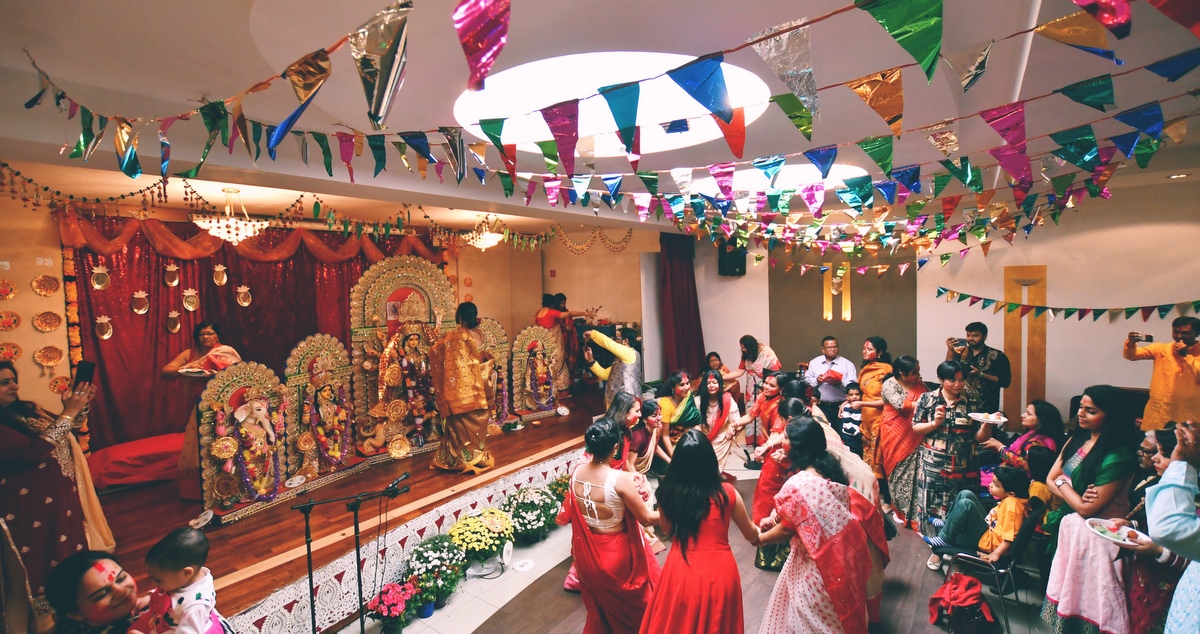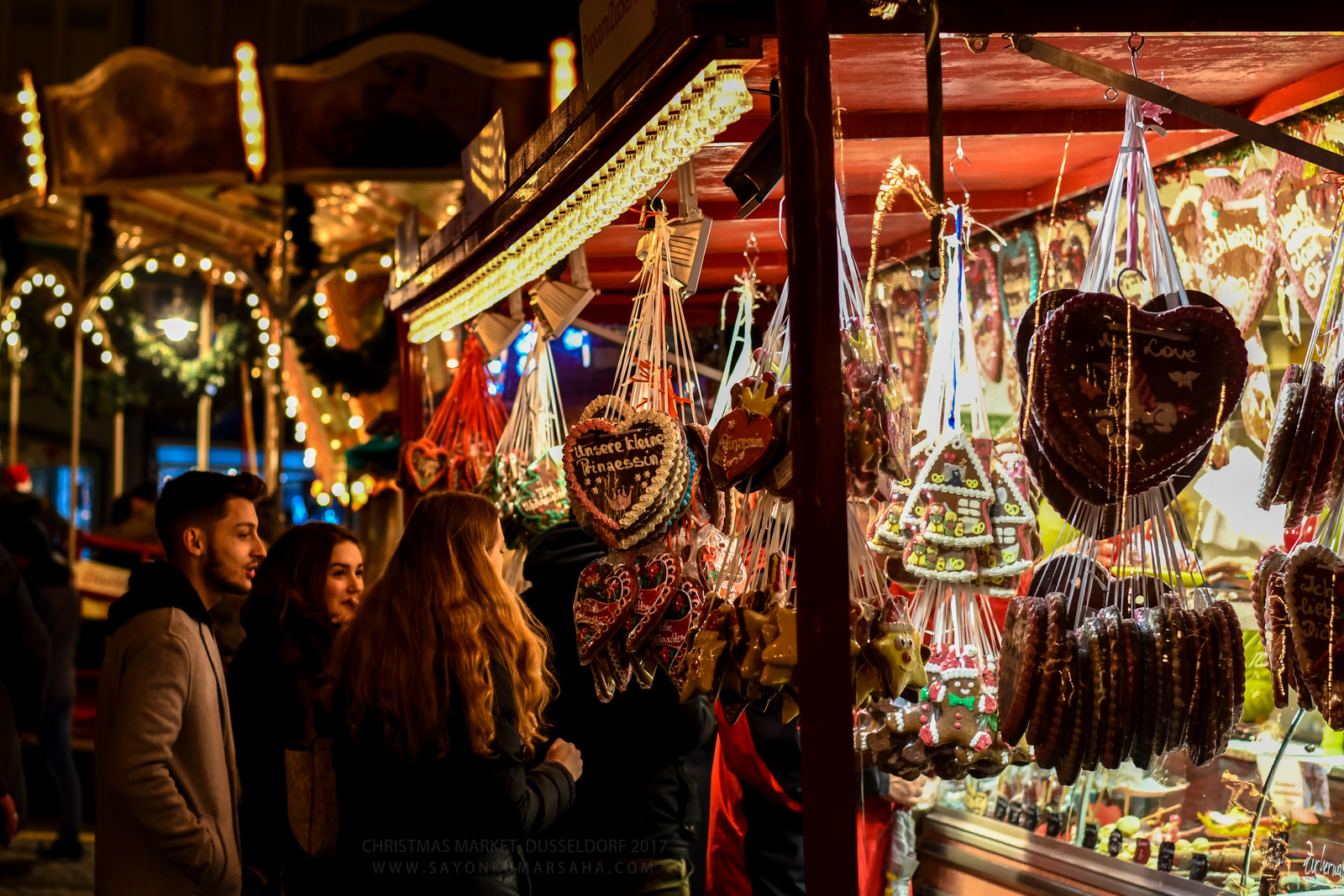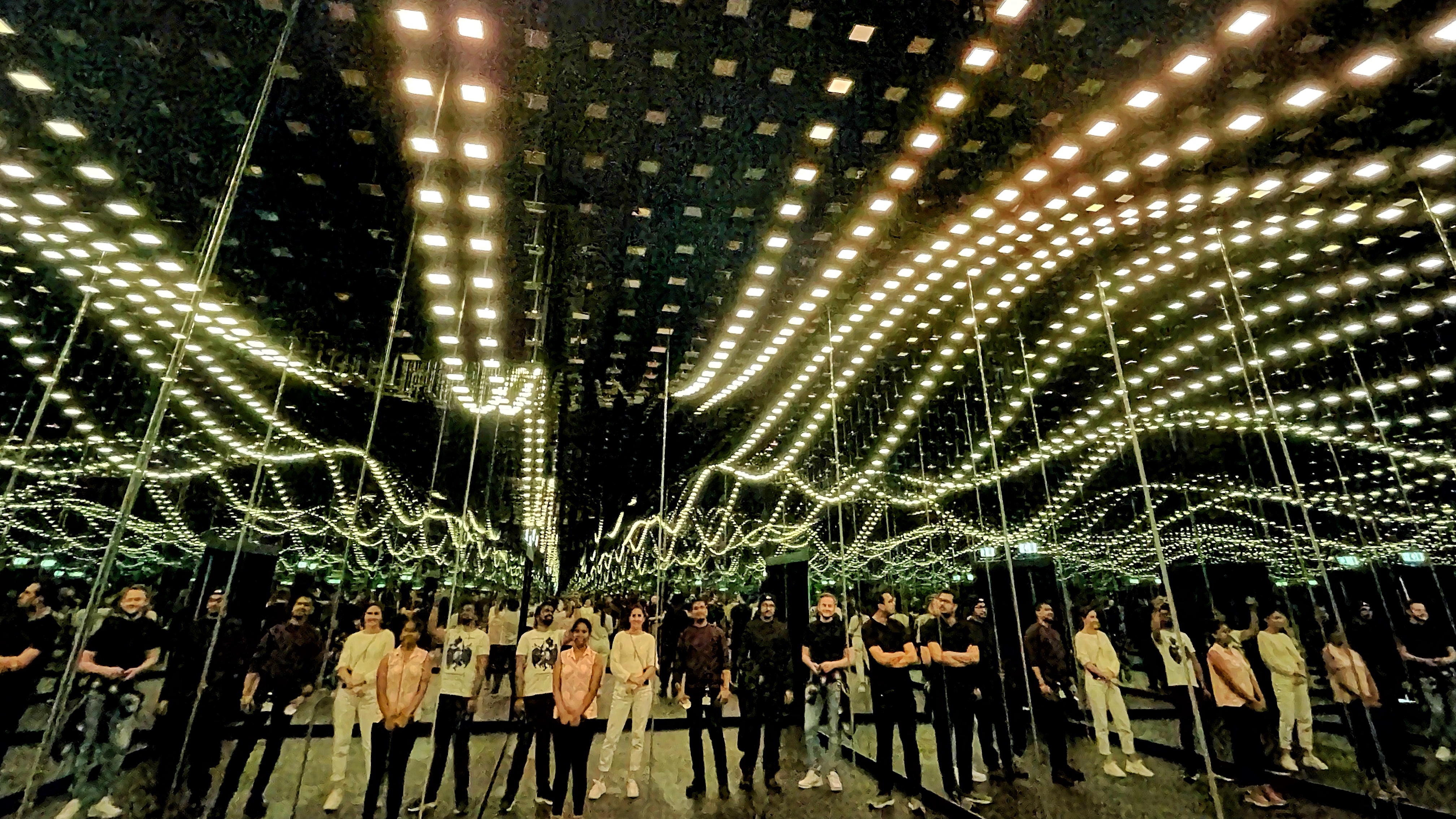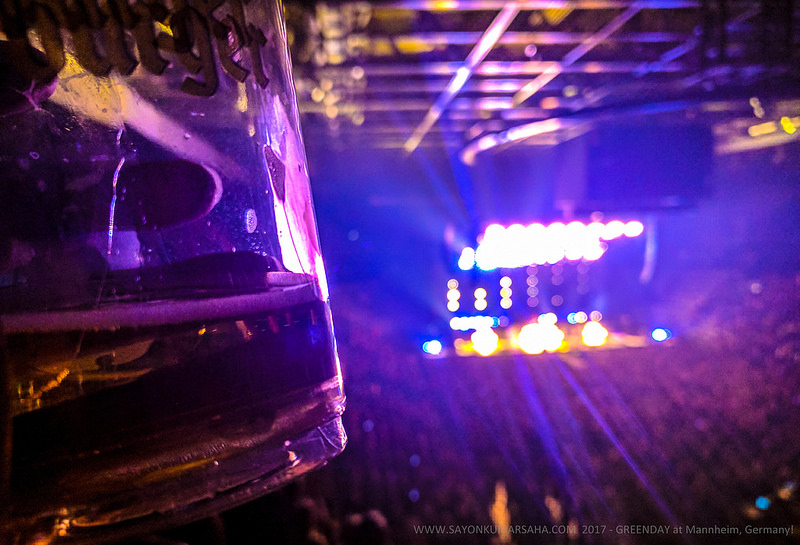Antique: Do you Love Stories as much as I do?
[12-min read]
Stories are a communal currency of humanity! – reads the Arabian Nights. The human species does think in metaphors and learn through stories. And great stories happen to those who can tell them. Not sure how good a story-teller I’m, but definitely love diving into them deep enough to be fascinated and intrigued!

I decided to spend the first day of quarantined Easter break in 2020 to run-through the past from a few pieces in my collection. I picked up three of them and boarded a time-machine to live the tales weaved around them:
- 1951: Swedish Father from Amsterdam sharing his liquor-tasting experience with his daughter in Helsinki!
- Century old Photographic Glass Plate: Harem in Lebanon.
- 1923: French/ Belgian postcard with a signature from Louise to Edmond few years after the First World War!
My Dad is a serious philatelist and his stamp collection is marvellous! I wouldn’t call myself a deltiologist or an antiquarian. It was only last year that I picked up the passion of collecting antiques from Flea Markets around. I’ve been dusting off a few vintage pieces from my drawer lately. Some of them might be collectibles and some might not have any tangible values at all. But yeah, one thing they always do have: Interesting Stories!
1951: Swedish Father from Amsterdam sharing his liquor-tasting experience with his daughter in Helsinki!
I don’t know much about grading post-card values. But the love for stories got me to collect this 70 years old postcard from a street market in Amsterdam last fall when I was strolling by the canals after work.
This a story of a Swedish father, Eric in Amsterdam, Netherlands and his daughter, Maria in Helsinki, Finland. Although both of them were not in Sweden at that point, I concluded them to be Swedish quite early because Eric addresses his daughter as Fröken Maria Randers. Fröken is basically a Swedish word for Miss in English.

The picture on the postcard is of Wynand Fockink in the Pijlsteeg province of Amsterdam in Netherlands. It’s a historic liqueur tasting room with the authenticity of maintaining 16th century character! And the message the father sends across is also about this very tasting house. I could imagine he bought this postcard as a souvenir from Wynand Fockink and sent it to his daughter to tell her the stories of his experience.

It is interesting to note that since it dates back to 1951, Eric uses Helsingfors in the recipient address, the former name of Helsinki. I had high hopes on Google Translator but it failed drastically to translate hand-written Swedish into English. Nevertheless, I sat down with the little parts that got translated and dived into the context. After spending a while to join the dots semantically and running my imagination, I got some idea of the message, and more importantly the emotions!
The father, Eric starts with greeting his daughter, Maria. And immediately jumps into explaining his exciting experience at Wynand Fockink. He starts off explaining in Swedish how the building faces a street that’s approximately three bikes-wide. No wonder he is using bikes as an unit of measurement, being in Netherlands! He explains that the door is usually wide-open on beautiful days and the during this time the cabin is delighted with all the good vibes and sunlight coming in! He draws a metaphor with pharmacy house and sniffing given the exquisite alcohol aroma in this house. He continues to praise the cabin as a place to enjoy such fantastic and varied aroma along with the unique liquor bottles he came across!!
It is pristine to note how meticulously did Eric write with his ink pen on this little piece of postcard. It seems like he wanted to fit in as much expression and information as he could for his daughter! It is simply enchanting to dive into such detailed pieces of story for me in 2020, at the time when we share tons of Instagram stories in a blink!
Century old Photographic Glass Plate: Harem in Lebanon.
One of my favourite is the Photographic glass plate I have of a Harem in Lebanon! Today I can touch the glass screen of my smartphone even in my sleep to capture a photograph! A decade back I had started using my Digital SLR camera and before that a point-to-shoot. My Dad used a lot of film camera back in the time. I have heard stories from my grand-father about other interesting image capturing techniques in 1950s.
But it’s fascinating to even imagine that I own this little piece of photograph which was actually captured by exposing a glass plate to sunlight coated with light-sensitive emulsion of silver salts in late 18th century or early 19th!
The white borders along the glass plate have it hand-written on them with an ink-pen: GBI Beit Eddine – gallery by Harem. Also it is fascinating how the same thing printed at the bottom right corner of the glass-plate itself. It’s a photograph negative of Harem, which used to be separate domestic spaces in the former times, reserved for the women in the Muslim house. It is shot definitely in the Beit ed-Dine town of Lebanon, and most probably in one of the gallery in the Beiteddine Palace itself.

I knew a bit about glass plate photography history, and how they preceded photographic film as a capture medium in photography! And when I first saw this in a Flea Market in Amsterdam, I just couldn’t resist! I don’t have the exact timeline for this piece, but glass plate negatives coated with silver bromide dates back to the time as early as 1850s until the 1920s. You could read through Guide to Early Photographic Formats and Processes and Understanding the Basics of Glass Plate Negative Photography if you want to dive further to understand the technique.
Photographic glass plates preceded photographic film as a capture medium in photography. Why glass and not paper as a base? It used to be such in order to have more detailed negative from which several paper prints could be reproduced!
I can even slightly see the photographer’s thumb when properly placed against bright light in the background of the plate. It’s probably the time this pate was being coated during the collodion process! I am not sure with my limited knowledge if this is from collodion wet-plates or silver-coated gelatin dry plates. Nevertheless, this is at-least 100 years old with the story of a photographer in Lebanon on the clock. It is special to me not just as a piece from early age filming technique, but also the fact that it was used to capture the concept of Harem itself in Lebanon back then.
1923: French/ Belgian postcard with a signature from Louise to Edmond few years after the First World War!
That’s a 97 years old postcard I collected from a Flea Market in Brugge, a lovely town I was visiting in Belgium last summer with Biruta!. It depicts a panoramic view of the Belgian city Dinant on the banks of river Meuse, backed by steep cliffs. Dating back to 1914, it gets interesting to notice the explicit mention in French that a total of 650 inhabitants were massacred and 1200 mansions were burnt down by the Germans this very year in The Battle of Dinant!

I knew this was just the beginning of First World War. I dived into the internet to read a bit more and learnt how the Germans had to cross Belgium to attack the French from the north when they had declared war on France in 1914. Once the Belgians refused to let them through, it caused this very German attack on 15th August, 1914 when they captured the Citadel of Dinant which overlooked the town! And the postcard symbolises this very incident.
Looking behind at the postcard, I could conclude from the minimal information that it was sent to someone called Mr. Edmond Bortale (not sure of the surname), 5 years after the end of the First World War. Google Translator told me the language was Danish, which made me think the recipient address must be Copenhagen, so I went all Bingo! But of-course the translator was dumb enough when on looking closely I deciphered it’s Compiègne, a small town in northern France.
Next, the postcard seems to be stamped from Dinan in 1923, which is a French town near the English channel, 500km away from Compiègne! But wait, it gets interesting here because what if the t is missing in the stamp and it’s actually sent from the Belgian town of Dinant itself where the battle took place 9 years before this postcard was sent? That would make more sense given the post card itself, ofcourse it wasn’t picked randomly! But I guess we will not know answers to all the questions!

I had been looking closely at the message on the left. And there was absolutely nothing that was explicitly written down! I kept wondering (rather hoping) if those are some French words instead of a signature that expressed an heart-breaking story. But Pauline, a French native friend of mine further confirmed that it’s only a signature: Louise Michel.
So all the message lied in the photograph of the postcard: the heart-breaking story of Battle of Dinant in Belgium caused as a cross-fire between France and Germany. A woman named Louise sends this postcard with her signature to a man named Edmond in Compiègne, France! She sent it to him a decade after the battle took place.
Was that t really missing on the stamp and Louise sent the postcard from the town of battle, Dinant in Belgium? Or did she send it from the French town Dinan? How did the battle of 1914 followed by the world war affect Louise and Edmond later in 1923? Who were they to each other? Why did she not write anything in words to Edmond in Compiègne? What was so special to them in her inked signature behind the powerful photograph symbolising the Battle of Dinant?



